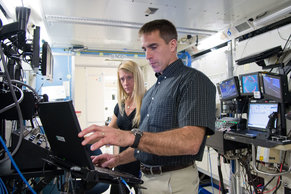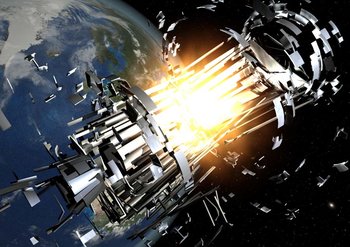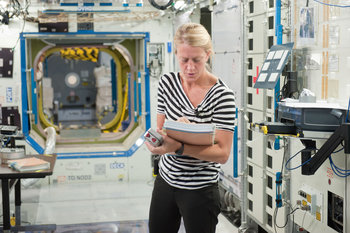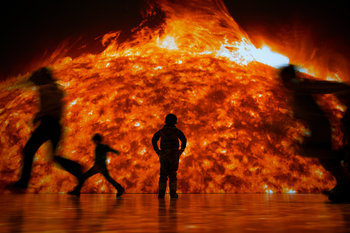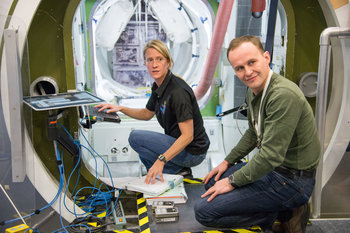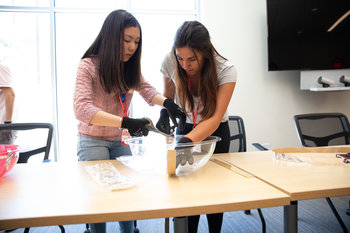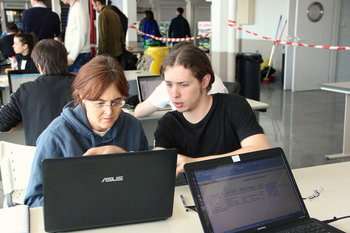|
| |
Space junk is man-made debris that is in orbit around the Earth that is mostly composed of defunct satellites and spent rocket stages. It is a hazard to satellites and manned space missions as there are over 170 million small pieces of space junk that can travel up to 17,500 mph. The following are common examples of space junk:
Defunct Satellites | Rocket Upper Stages | Debris from Launches | Fragmentation Debris | Discarded Rocket Fairings | Spent Rocket Motors | Old Space Probes | Abandoned Spacecraft | Non-functional Payloads | Loose Bolts and Fasteners | Propellant Residue | Unplanned Payload Separations | Discarded Packaging | Space-based nuclear power systems | Dropped tools and equipment |
RisksAbout one satellite a year is rendered inoperable by a collision with space junk. Satellite and other spacecraft are routinely hit by small particles that causes an effect similar to sandblasting that increases wear on susceptible equipment such as solar panels.Manned space missions have encountered damage from impacts with space debris with damage such as chipped windows and lost tiles becoming commonplace by the 1980s. Space junk is considered a significant threat to both manned space missions and satellites.|
Less 1 cm | 170 million (2013, ESA) | Bigger than a marble | 500,000 (2013, NASA) | Bigger than a softball | 20,000 (2013, NASA) | Heavier than 100 kg (220 lbs) | 1,500 (2002, NASA) |
SolutionsSpace junk eventually slows and reenters the Earth's atmosphere but this process can take thousands of years. Many countries, including the United States, require that decommissioned satellites be moved into a graveyard orbit that has no current commercial use. A number of technologies for cleaning up space junk have been proposed including robotic clean up satellites that slow objects out of orbit using methods such as laser beams.It is possible to design satellites to deorbit themselves at end of life using techniques such as deploying a solar sail. At the moment, there is little commercial incentive for companies to design robust and safe end-of-life procedures for satellites.|
Type | | Definition | Man-made debris in orbit around the Earth. | Also Known As | Orbital debris | Related Concepts | |
Next: Space Environment
If you enjoyed this page, please consider bookmarking Simplicable.
A few topics relevant to space, space research and industry.
A list of astronomical objects and phenomenon.
A vocabulary for describing science, research and scientific knowledge.
Everything you ever wanted to know about the moon.
A list of the basic types of radio waves with useful charts.
An a-z list of important words in science with straightforward definitions.
An overview of common science topics.
An overview of the common types of engineering.
The definition of abundance with examples.
An overview of the characteristics of a good theory.
An overview of technology change with examples.
Examples of technology cultures.
A vocabulary for describing technology.
TrendingThe most popular articles on Simplicable in the past day.
Recent posts or updates on Simplicable.
Site Map
© 2010-2023 Simplicable. All Rights Reserved. Reproduction of materials found on this site, in any form, without explicit permission is prohibited.
View credits & copyrights or citation information for this page.
|





